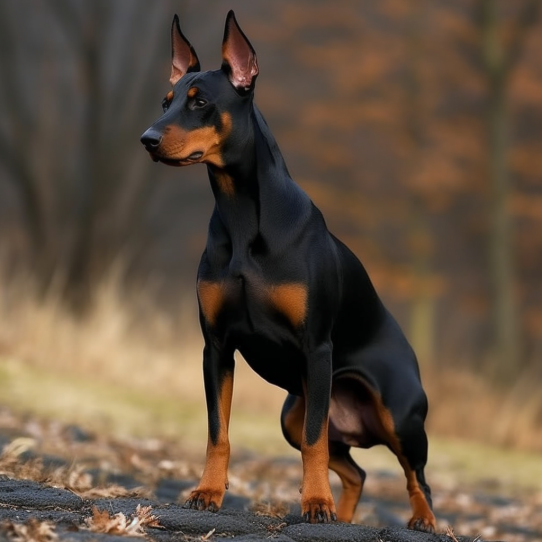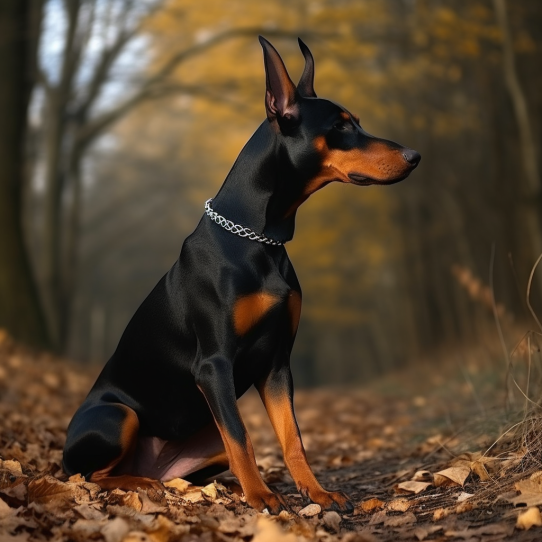The Doberman Pinscher is a majestic and powerful breed known for its sleek appearance and regal stature. One distinct feature that sets the Doberman apart is its tail. In this comprehensive guide, we will delve into the topic of the Doberman tail, exploring its anatomy, the controversial practice of docking, and proper care. Whether you are a Doberman owner or considering adopting one, understanding the intricacies of the Doberman tail is essential for responsible pet ownership.
I. Anatomy of the Doberman Tail

To comprehend the significance of the Doberman tail, we must first explore its anatomy. The tail of a Doberman consists of vertebrae, muscles, and a covering of skin. Typically, the tail is set high and carried proudly, curving slightly upward. The length of the tail varies from dog to dog but generally reaches the hock joint.
II. The Practice of Docking

Docking, the surgical removal of the tail, has been a highly debated topic within the Doberman community. Historically, docking was believed to enhance the breed’s aesthetics and prevent injuries. However, opinions have shifted over time, and many countries have banned or restricted tail docking due to ethical concerns. We will explore the arguments both for and against tail docking, considering the impact on the dog’s well-being and its implications for breed standards.
III. Health Implications and Care

Tail docking, when performed improperly or by unqualified individuals, can lead to various health issues. We will discuss the potential complications associated with docking, such as infection, nerve damage, and neuromas. Additionally, proper care of the Doberman tail, whether docked or natural, is crucial to maintain good health. Tips for cleaning, grooming, and monitoring for any abnormalities will be provided to ensure the well-being of your Doberman’s tail.
IV. Legal Considerations and Breed Standards

Laws regarding tail docking vary across different countries and regions. We will explore the legal aspects of tail docking, discussing where it is permitted, restricted, or prohibited. Furthermore, we will delve into the influence of tail docking on breed standards and participation in dog shows. Understanding the regulations and breed expectations will aid Doberman owners in making informed decisions.
V. The Natural Doberman Tail
For those who prefer not to dock their Doberman’s tail, we will discuss the characteristics and care of the natural tail. The natural tail requires specific attention, such as regular grooming and protection against injuries. We will provide guidance on keeping the natural Doberman tail healthy, ensuring it remains an integral part of the breed’s identity.
Conclusion
The Doberman tail is an intriguing aspect of this magnificent breed, embodying both historical practices and evolving attitudes toward responsible pet ownership. By understanding the anatomy, controversies surrounding docking, and proper care, Doberman owners can make well-informed decisions regarding their pet’s tail. Embracing responsible choices will help preserve the beauty and well-being of the Doberman Pinscher for generations to come.
